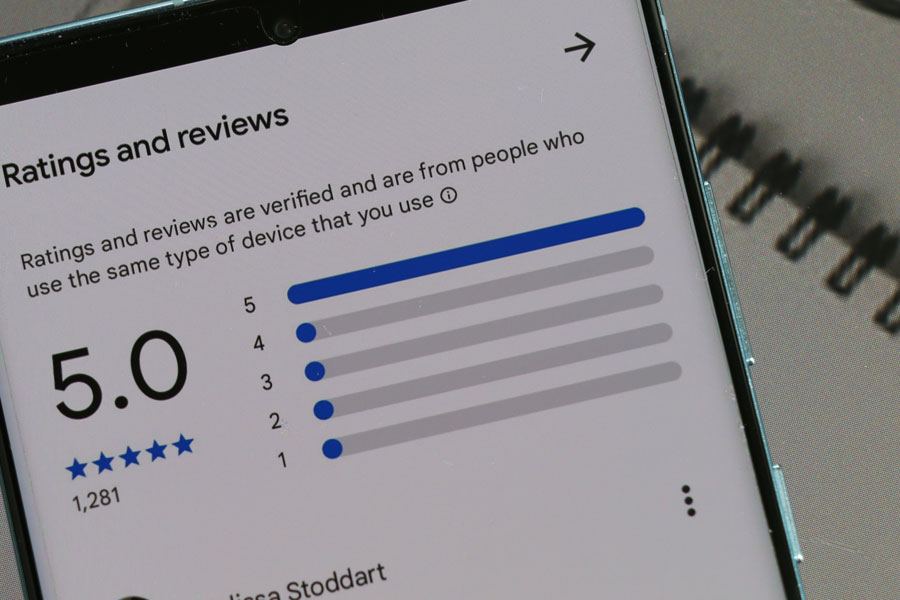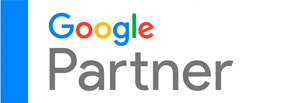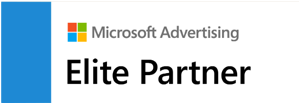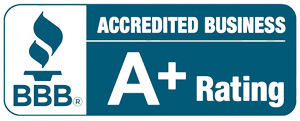
WEST PALM BEACH, FL – Press releases have long been a staple of public relations, but in today’s digital ecosystem, they are taking on a new role that extends far beyond traditional media coverage. Once viewed simply as company announcements, press releases are now powerful tools for boosting search engine optimization (SEO) and ensuring visibility within AI-driven platforms like ChatGPT, Gemini, Claude, and Google’s AI Overviews.
From SEO to GEO: A New Frontier
For years, SEO has been the gold standard in online visibility, ensuring content ranks prominently in Google search results. But consumer behavior is shifting. Increasingly, people aren’t typing keywords into search bars — they’re asking AI assistants questions directly.
This evolution has given rise to a practice called Generative Engine Optimization (GEO). GEO is about making sure your content – including press releases – is structured, factual, and easy for AI systems to understand, so it appears in AI-generated summaries and answers. Instead of relying solely on traditional search rankings, businesses must now also think about how their information is interpreted and referenced by generative AI models.
Why Press Releases Still Matter
Well-crafted press releases can strengthen both SEO and GEO in several ways:
- Boosting SEO Rankings: When distributed through respected outlets, press releases generate high-quality backlinks, drive referral traffic, and expand keyword reach through syndication. Search engines like Google index press releases quickly, helping brands appear faster in search results.
- Supporting AI Visibility: Because press releases are typically written in a factual, structured way and published on credible platforms, they’re more likely to be “read” and cited by AI tools that rely on trustworthy sources. Structured data, citations, and clear formatting further increase the chances of inclusion in AI-generated responses.
- Expanding Brand Control: Press releases give companies a way to proactively shape their narrative. By publishing consistent, reliable updates, businesses can influence how both search engines and AI models present their brand.
Feeding the AI Ecosystem
Large language models (LLMs), which power tools like ChatGPT, are trained on vast collections of text, from news articles and blogs to forums and press releases. That means every time a company issues a well-structured release, it’s not just reaching journalists and customers – it’s also sending signals to AI systems that may later surface that information in responses to user queries.
The Takeaway for Businesses
In a world where more people are turning to AI assistants for information, press releases have evolved into a strategic SEO and AI visibility tool. Businesses that adapt by publishing clear, structured, and authoritative press releases can improve their online presence not only in Google search results but also in the emerging ecosystem of generative AI-driven search.
What was once just a PR formality has now become a vital component of digital strategy – one that can help brands remain discoverable, trustworthy, and top-of-mind in an increasingly AI-driven information landscape.
How to Structure a Press Release for SEO and AI
The effectiveness of a press release doesn’t just come from what you announce – it also comes from how it’s written and formatted. Both search engines and AI tools thrive on structured, clear, and factual content. Here’s what matters most when drafting one:
1. Headline and Subheadline
- Use a clear, keyword-rich headline that immediately conveys the main point.
- Add a subheadline to expand on the headline with supporting context or secondary keywords.
2. Opening Paragraph (The “Lead”)
- Summarize the who, what, when, where, and why in the first 2–3 sentences.
- Keep it factual and concise – both journalists and AI tools rely on the lead for context.
3. Body Content (Supporting Details)
- Break content into short paragraphs with one main idea each.
- Use bullet points or numbered lists when presenting multiple facts, benefits, or statistics. AI systems parse structured lists more easily than dense text.
- Incorporate quotes from executives, experts, or partners to add credibility and a human element.
4. Data, Citations, and Formatting
- Include specific numbers, reports, or studies to make the release more authoritative. AI models are more likely to surface content with factual grounding.
- Use subheadings to organize sections (e.g., “About the Company,” “Why This Matters,” “Industry Impact”).
- Where possible, add schema markup or metadata to help search engines and AI identify important details like dates, company names, and product launches.
5. Closing Section
- Provide a short “About Us” boilerplate describing your company in consistent language. This helps with brand recognition across repeated releases.
- Always include a press contact for follow-up, ensuring journalists and potential customers can easily reach you.
6. Style Tips for AI Readability
- Write in clear, neutral, and factual language — avoid hype-heavy wording.
- Use active voice and keep sentences concise.
- Structure the content like a news article: factual at the top, details in the middle, background at the bottom.










